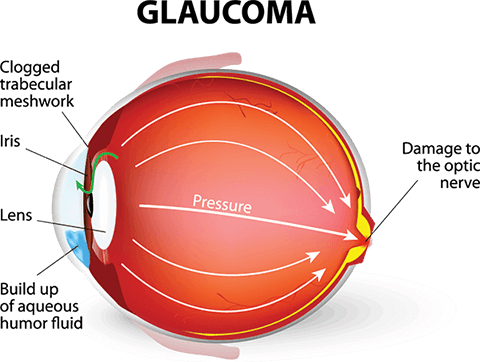Glaucoma Symptoms and Treatment

Glaucoma is a disease of the optic nerve — the part of the eye that carries the images we see to the brain. The optic nerve is made up of many nerve fibers, like an electric cable containing numerous wires.
When damage to the optic nerve fibers occurs, blind spots develop. These blind spots usually go undetected until the optic nerve is significantly damaged. If the entire nerve is destroyed, blindness results.
Early detection and treatment are the keys to preventing optic nerve damage and blindness from glaucoma.
Glaucoma is a leading cause of blindness in the United States, but the loss of sight from glaucoma can often be prevented with early treatment. Regular medical eye exams may help prevent unnecessary vision loss.

Your glaucoma evaluation is painless and can include:
- Measurement of your intraocular pressure (tonometry)
- Inspection of the drainage angle of your eye (gonioscopy);
- evaluation of whether or not there is any optic nerve damage (ophthalmoscopy);
- testing of the peripheral vision of each eye (visual field testing, or perimetry).
- Computerized imaging of your optic nerve
- These tests may need to be repeated on a regular basis to monitor any changes in your condition and help guide your treatment regimen.
Treatment for glaucoma is usually aimed at lowering eye pressure. The desired target eye pressure range varies from patient to patient. The two most common methods of lowering the eye pressure are (1) topical (eyedrop) medications and (2) laser treatment. The eye drops are generally well tolerated with a minimum of significant side effects.
While the drops are quite effective at lowering the intraocular pressure, some patients find them inconvenient, difficult to use, and expensive. Fortunately, a procedure called Selective Laser Trabeculoplasty (SLT) is also effective at lowering intraocular pressure. The SLT procedure is essentially painless, takes two to three minutes to perform, and requires no post-procedural restrictions.
For some patients, neither the eyedrop medications nor the SLT procedure alone can provide adequate pressure control. These treatments can be used in combination, but, at times, conventional surgery in the operating room may be necessary for Glaucoma.
Exercise and Reducing the Risk of Glaucoma

Risk factors for glaucoma typically include age, family history and high intraocular pressure (IOP).
A new report indicates that a lack of exercise may also put people at risk for the disease. Additionally, the study, which analyzed thousands of runners, found that the faster the runner the more the risk of glaucoma decreased.
The recent study examined approximately 30,000 male runners and found 200 glaucoma cases. As expected, these cases were slightly older than the runners not diagnosed with glaucoma yet other findings were of particular interest. These findings concluded that every meter-per-second increment corresponded to a 36.7% reduction in the risk of incident glaucoma. Specifically, the study showed;
- The risk for incident glaucoma decreased by 29% in men who ran 3.6 to 4.0 meters per second.
- Risk decreased by 54% for those who ran 4.1 to 4.5 meters per second.
- Risk declined 51% for those who ran 4.6 to 5.0 meters per second.
- There was virtually no risk of incident glaucoma among men who ran faster than 5 meters per second.
- Longer running distances correlated with a lower risk of incident glaucoma.
Some of the risk reduction could have risen from the leanness of the runners. However, previous studies have shown that running can acutely decrease IOP in proportion to its intensity. Several other studies have even suggested that IOP can be reduced chronically through exercise.
During the natural aging process there is an increase in ocular pressure and running a marathon is not a guarantee against glaucoma. Instead, focus on good nutrition, regular exercise, and an overall approach to good health.



